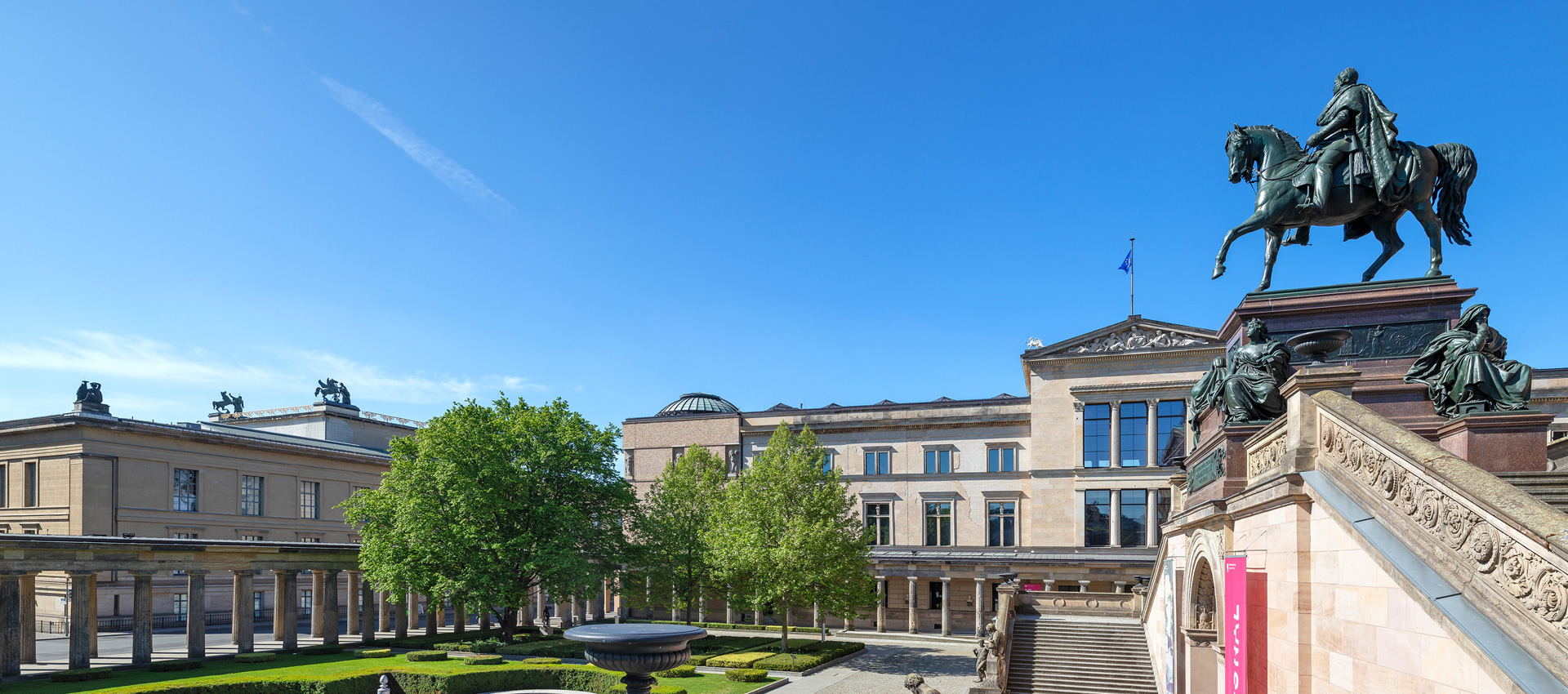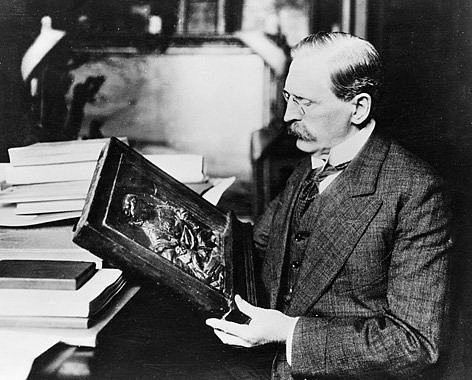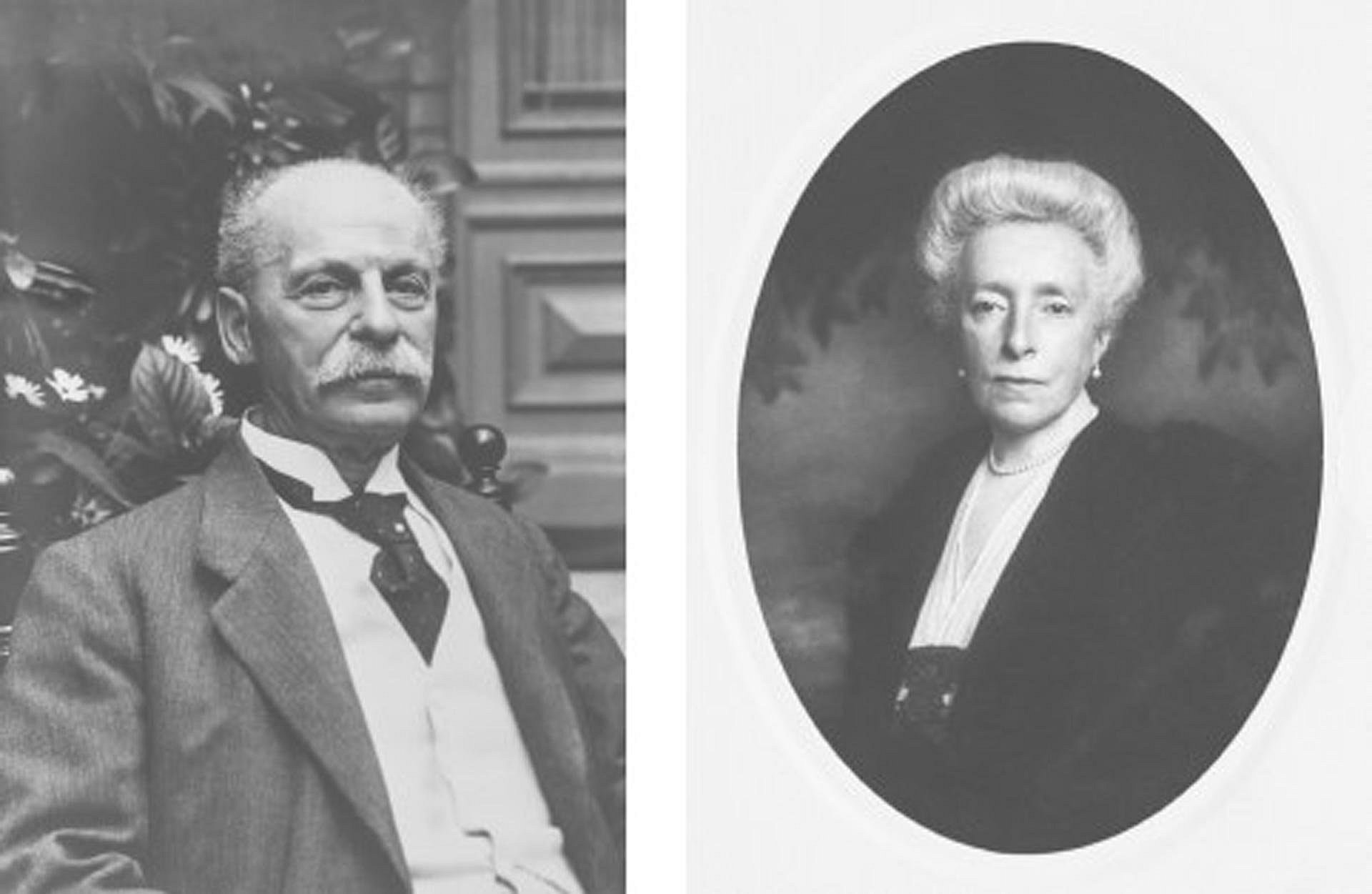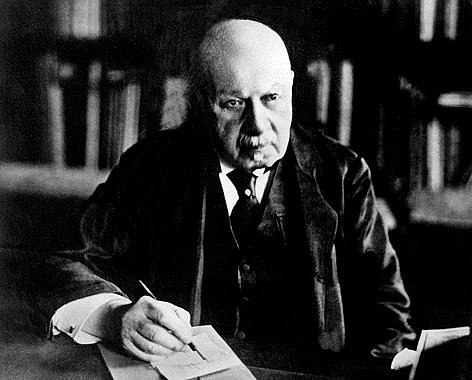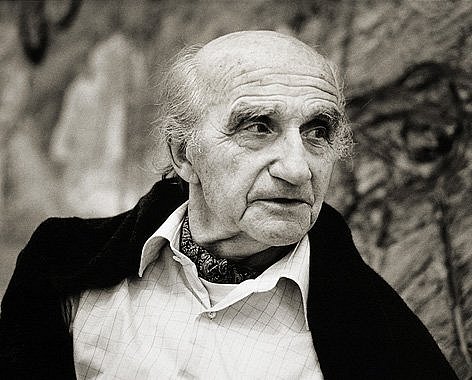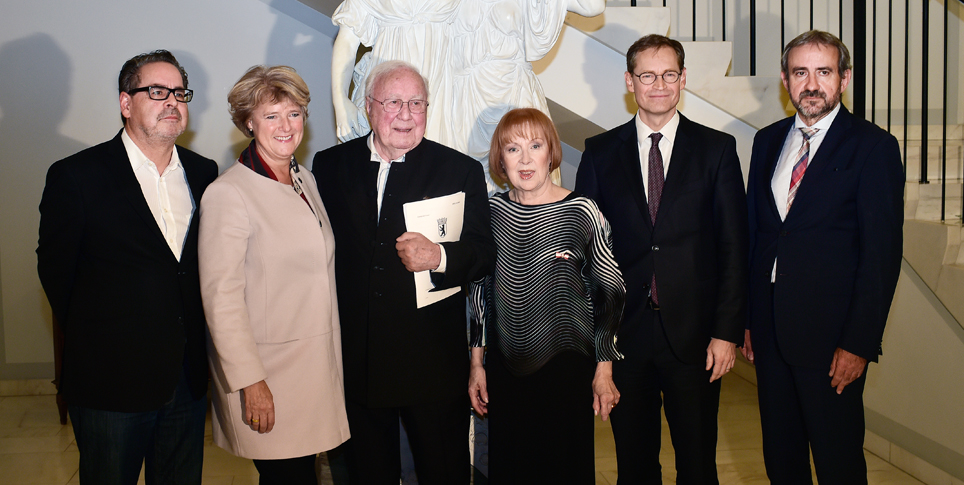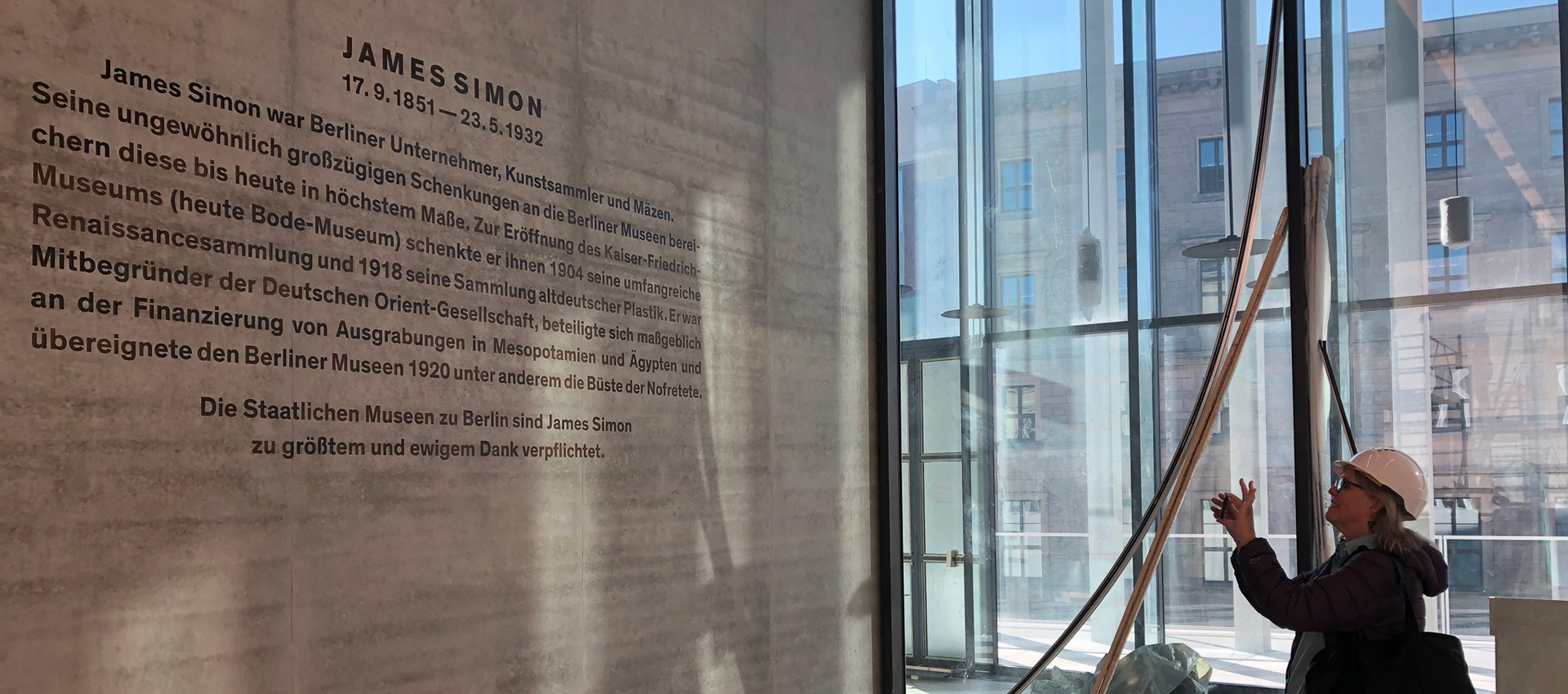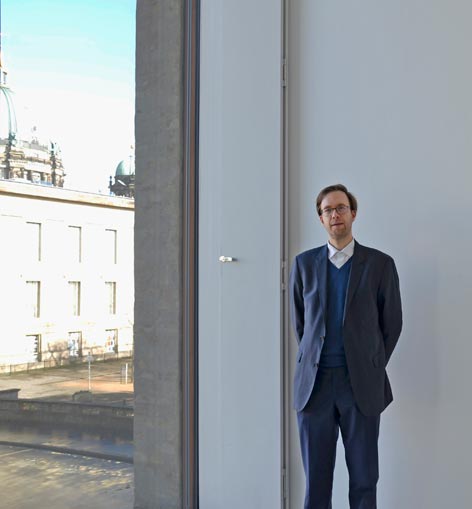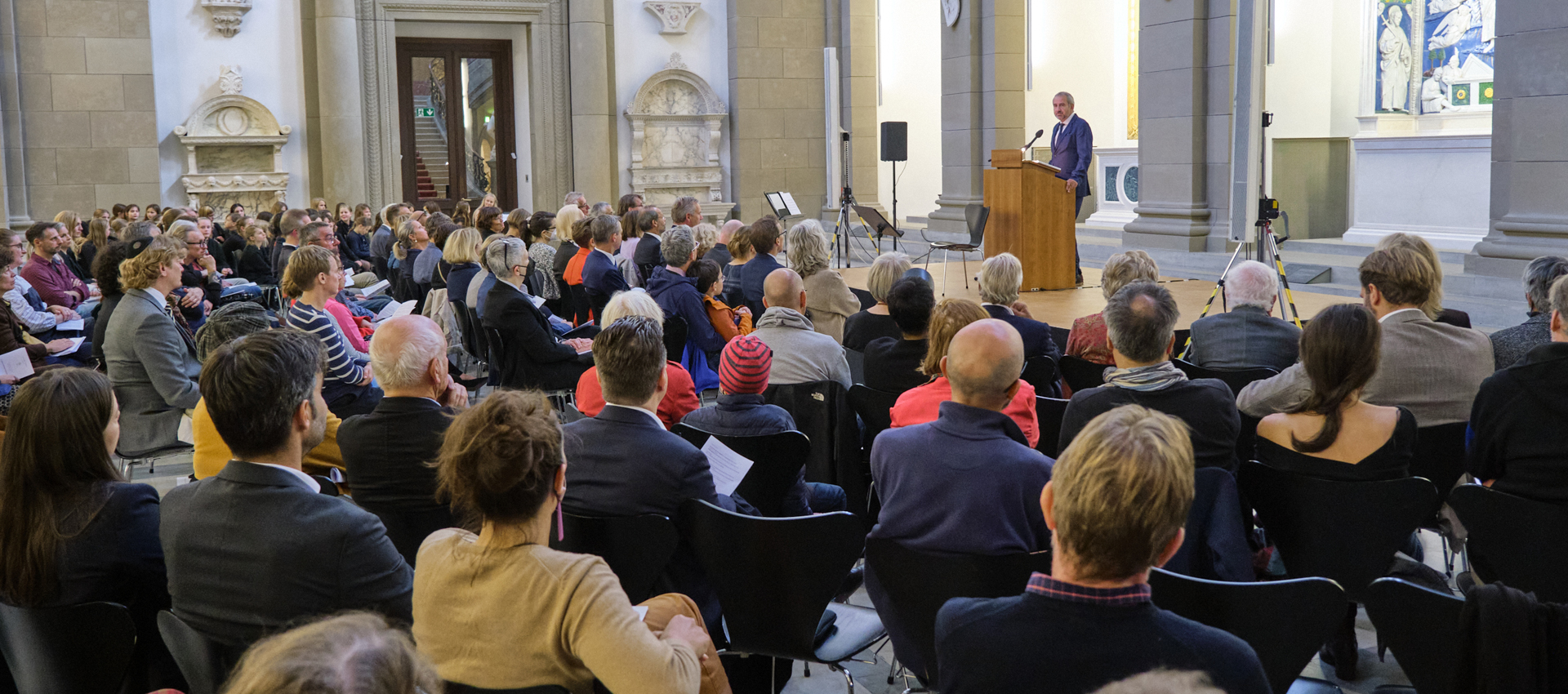The establishment of the Nationalgalerie (National Gallery), the bust of Nefertiti as a worldwide attraction on Museumsinsel (Museum Island), the extensive manuscript department at the Staatsbibliothek (State Library), or Haus Bastian as a new center for cultural education: the Stiftung Preussischer Kulturbesitz (Prussian Cultural Heritage Foundation, SPK) has the generosity of great patrons to thank for these milestones. And thanks to its collaboration with collectors, SPK can make 20th-century art of the first order accessible to the public. Here is an overview of some of the most important patrons and collectors:
Joachim Heinrich Wagener: The Nationalgalerie’s rootstock
In the first half of the 19th century, Joachim Heinrich Wagener (1782-1861) owned the largest private collection of national and international paintings in Berlin. The 262 paintings that the banker bequeathed to the Prussian state were the rootstock of the Nationalgalerie.
James Simon: The Bust of Nefertiti and so on …
James Simon (1851-1932) was one of the most important patrons of the Staatliche Museen zu Berlin (National Museums in Berlin). The businessman from Berlin financed excavations and gave many valuable objects to the Bode Museum, the former Museum für Deutsche Volkskunde, the Berlin Münzkabinett (Numismatic Collection), and the Egyptian and Near Eastern department of the former Prussian state museums. The best known of these gifts is the bust of Nefertiti, which is now being exhibited in the Neue Museum on Museumsinsel.
Eduard Arnhold: From Titian to Manet to the Enthroned Goddess of Taranto
Eduard Arnhold (1849-1925) is known internationally as the donor of Villa Massimo in Rome and he also made generous donations to various institutions of the Staatliche Museen and financed various excavations. Among Eduard Arnhold’s bequests are paintings by Titian, Liebermann, Manet, and Cézanne, as well as a donation of 100,000 Marks to acquire the Enthroned Goddess of Taranto for Berlin’s Antikensammlung (Collection of Classical Antiquities).
Ludwig Darmstaedter: Manuscripts for the Staatsbibliothek
The Staatsbibliothek zu Berlin (Berlin State Library) has Ludwig Darmstaedter (1846-1927) to thank for a significant part of the manuscript collection’s rootstock and one of the most important bequests in its history. The chemist’s collection contained 250,000 autographs, bequests, photos, drawings, facsimiles, and reproductions. Darmstaedter also founded the Verein der Freunde der Königlichen Bibliothek (Society of the Friends of the Royal Library) in 1914.
Heiner, Céline, and Aeneas Bastian: The Gift of a Building
In 2017 the Bastians, a family of collectors in Berlin, gave the Haus Bastian gallery on Kupfergraben to the Stiftung Preussischer Kulturbesitz. Haus Bastian der Staatlichen Museen zu Berlin – Preussischer Kulturbesitz, as it is now called, was designed by David Chipperfield. It will be used as a center for cultural education in the future. Located across the street from Museumsinsel, new forms of cooperation, communication, and inclusion will be tested in the building beginning in 2019.
Heinz Berggruen: Picassos for Berlin
Museum Berggruen has the collector Heinz Berggruen to thank for more than its name. A large part of Heinz Berggruen’s unique collection has been shown in the building by the architect Friedrich August Stüler in Berlin-Charlottenburg since 1996. It includes masterpieces of classical modern art by Picasso, Paul Klee, and Henri Matisse. In 2000, Berggruen assigned the largest part of his collection, which was initially on permanent loan, to the Stiftung Preussischer Kulturbesitz (Prussian Cultural Heritage Foundation) under very fair conditions.
Friedrich Christian Flick: Major Contemporary Art
Along with the long-term loan of about 2,000 works, which have been presented with great success in Hamburger Bahnhof – Museum für Gegenwart (Hamburger Bahnhof – Museum for Contemporary Art – Berlin) since 2004, the art collector Friedrich Christian Flick has given a total of 270 works of contemporary art to the Nationalgalerie of the Staatliche Museen zu Berlin (National Museums in Berlin). The works are by important international artists such as Stan Douglas, Dan Graham, Rodney Graham, Candida Höfer, Paul McCarthy, and Pipilotti Rist. The museum’s collaboration with the collector began in 2004 with the exhibition of the Friedrich Christian Flick Collection in Hamburger Bahnhof. In 2008, Flick assigned the first 166 works to the museums and another 104 works followed to mark his 70th birthday in 2015.
Egidio Marzona: Concept Art, Minimal Art, Arte Povera
With the aid of a donation by Egidio Marzona, it was possible to close large gaps in the Staatliche Museen zu Berlin collections of art from the 1960s and ‘70s. In 2014, the collector gave the Nationalgalerie and the Kupferstichkabinett (Museum of Prints and Drawings) 372 important works of Concept Art, Minimal Art, and Arte Povera. And in 2002, Marzona enriched the Kunstbibliothek (Art Library) with unique archival objects on the art of the 1960s and 70s.
Ulla and Heiner Pietzsch: Surrealism and Abstract Expressionism
Ulla and Heiner Pietzsch’s outstanding collection will find its place in the new museum building of the Nationalgalerie in the Kulturforum. In 2009, the Pietzsches gave around 120 works of Surrealism and Abstract Expressionism to the State of Berlin as a permanent loan to the Nationalgalerie of the Staatliche Museen zu Berlin. One condition was the creation of appropriate, adequate exhibition spaces for works by Jackson Pollock, Mark Rothko, Max Ernst, and René Magritte. The condition will be met once the new museum of the Nationalgalerie in the Kulturforum is completed.
Erich Marx: Laid the Foundation for Hamburger Bahnhof
The permanent loan of Erich Marx’s art collection was the main factor that led to the founding of Hamburger Bahnhof – Museum für Gegenwart in 1996. Many outstanding works by Joseph Beuys, Andy Warhol, Roy Lichtenstein, Robert Rauschenberg, Cy Twombly, Anselm Kiefer, Donald Judd, Julian Schnabel, and Eberhard Havekost represent important milestones in art after 1960 in the collection. In 2015, Marx also gave the Staatliche Museen zu Berlin the world-famous installation Das Kapital Raum 1970 – 1977 by Joseph Beuys as a permanent loan. This work will have a permanent place in the new Nationalgalerie building in the Kulturforum along with large parts of the Sammlung Marx (Marx Collection).
Klaus F. Naumann: Japanese Lacquer Art
In 2008 the Staatliche Museen zu Berlin bought a valuable collection of Japanese lacquer art from Klaus F. Naumann thanks to support from the Stiftung Deutsche Klassenlotterie Berlin, the Cultural Foundation of the German States, and the Ernst von Siemens Kunststiftung. The following year, the Museum für Asiatische Kunst (Asian Art Museum) received 100 important works of traditional Japanese art as a gift from the collector. The valuable objects will be presented in the Humboldt Forum beginning in 2019.
Otto van de Loo: European Post-War Art
In 1991, the gallery owner and collector Otto van de Loo donated 55 works of post-war art to the Nationalgalerie of the Staatliche Museen zu Berlin. Van de Loo’s generous gift turned the museum into a top address for works by the CoBrA artists’ group, its entourage, and its successors.
